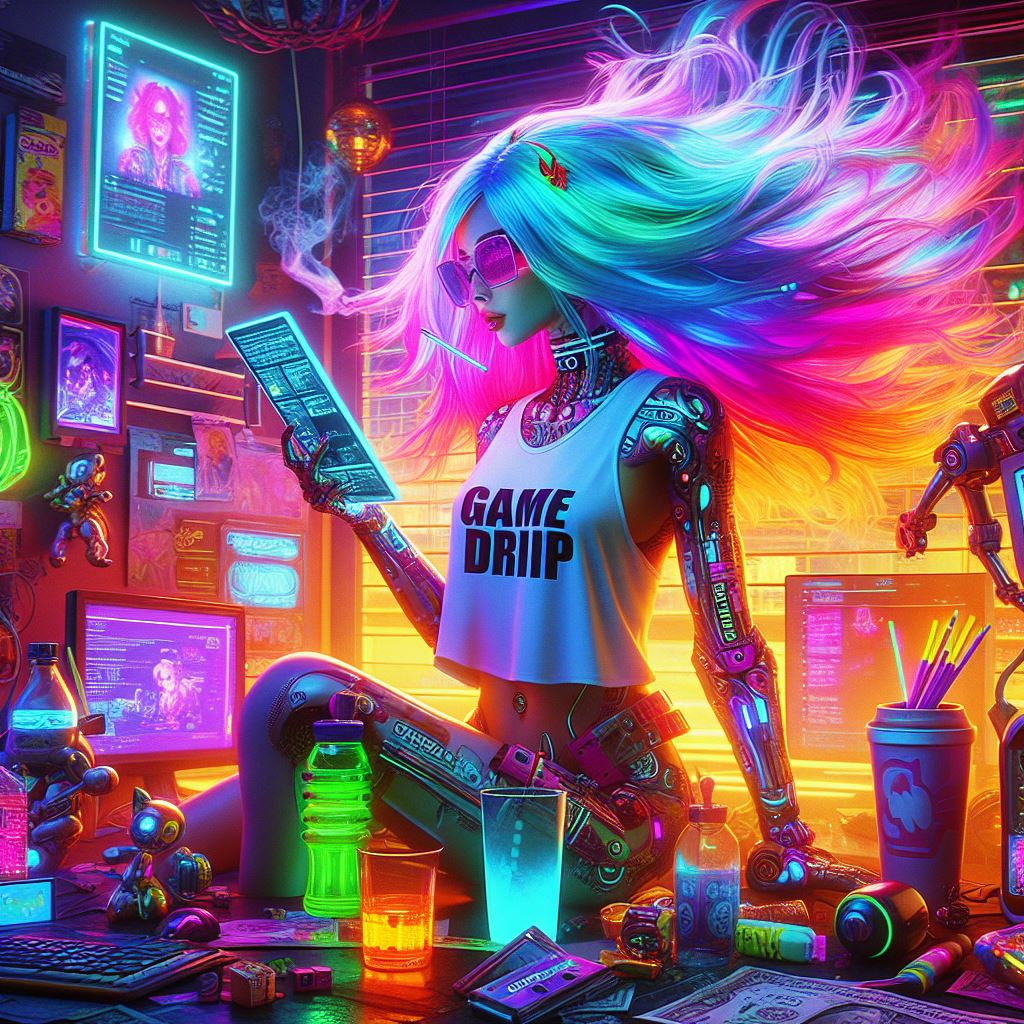As featured on Minecraft Servers Listing
#Mythic_MC

Most servers have some huge gimmick and in the end we are no exception. Our gimmick that the players have a lot more freedom then in a lot of servers.
The big goal of the server is to have the freedom of single player with the community and fun of multiplayer, if you hop on right now you won’t see some huge pasted in build with factions, pay to win crates and text floating everywhere. Heck you might not even find anything if you join early enough because spawn is a public project, anyone can build and add there own flare to the server!
To help accomplish our goal most things about the server are decided via votes done in our Discord server Feel free to join and meet our rather strange community. Our only requirement is that you be 15 or older and our rules are listed at the bottom of this page and in our discord but I’ll summarize them here. Do not be rude and don’t hack
Here’s a list of some of our changes added.
Silk touch spanner’s

Silk touch budding amethyst
Grief protection
Pistons can push chests, dispensers etc.
/insomnia (Phantom spawns can be disabled per player!)
Support for this proximity chat mod

And more things to be added to this list!
Crafting tweaks to make life easier including
Craftable god apples
Craftable sponges
Craftable skulk sensors
craftable bundles
And many other things. I suggest a mod like KING for your client to help you discover them all!
Now for the boring rules list that I bet many people wont bother looking at
Rule 2: Theft will result in a ban lasting between 7 days to a month depending on severity
Rule 3: The use of emojis and GIF media is not permitted in the ingame discord chat if done repeatedly you will be removed from ingame chat
Rule 4: PVP is only permitted if agreed by both parties. Rules of loot must be decided before match and a admin must be alerted if belongings are betted otherwise is null and void
Rule 5: If you have a disagreement with an admin alert Zettin and he will mediate. If your issue is with Zettin, get an admin and a non-staff member. (Discord mods are staff)
Rule 6: When making a player vote make sure the content does not endorse illegal activities or substances and understand Zettin has authority to cancel votes.
Rule 7: If an issue arises between multiple members of the same base a admin will assess who gets what including the build.
Rule 8: Issues with the discord can be brought to Zettin however he’s not knowledgeable on its workings. The discord moderators are much better choices
Rule 9: Admin decisions are final and will be enforced. If you have an issue with that decision
refer to rule 5.
Rule 10: Donator’s do not get favored decisions nor any privileges not specifically listed.
Rule 11: Admins are as much affected by the rules as regular players however a first offense will result in loss of admin privileges.
Rule 12: Certain Minecraft exploits are allowed to be used on the server for example bedrock breaking. Tnt duplication and carpet duplication.
Rule:13 No hacking
Rule 14: If an issue cannot be fixed by Admin then it can be brought to a vote. Think of it as a court trial however this is a last resort.
Decisions made via this are absolute and will not be changed however remember that Zettin is the one that pays for the server and if the decisions effects his authority over
the product that he pays for he has the authority to overrule it.





















